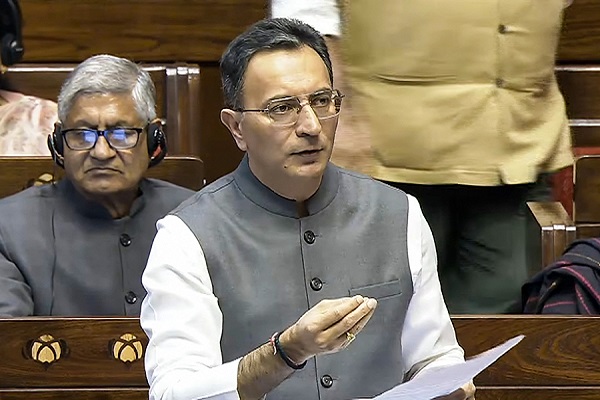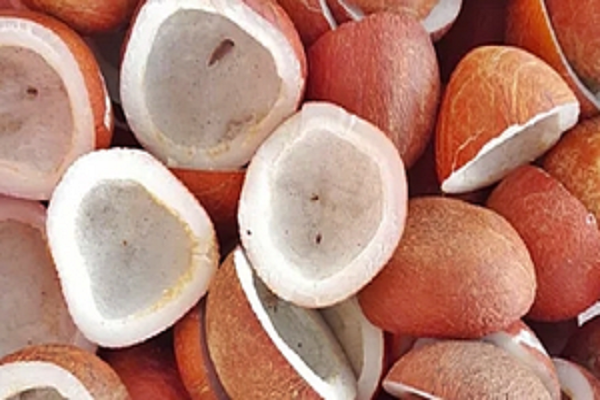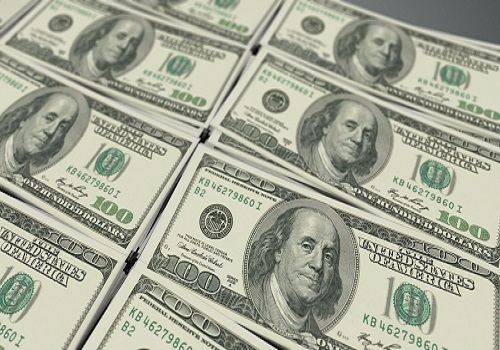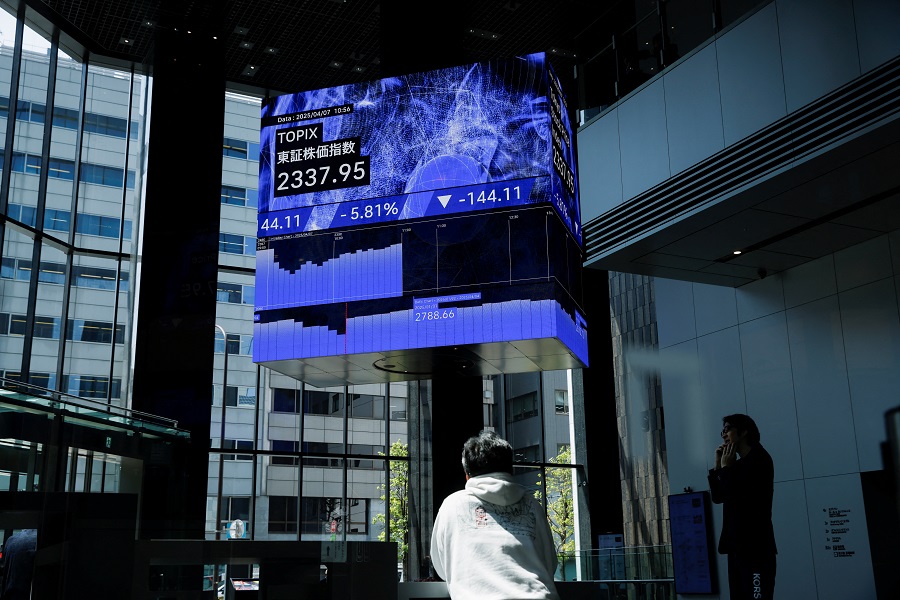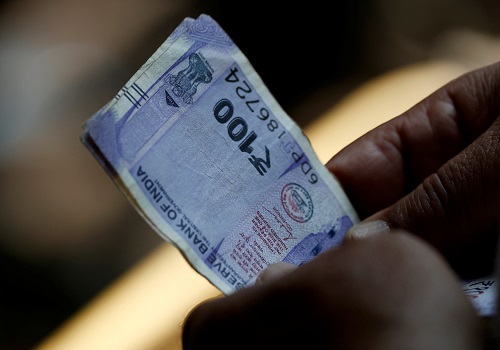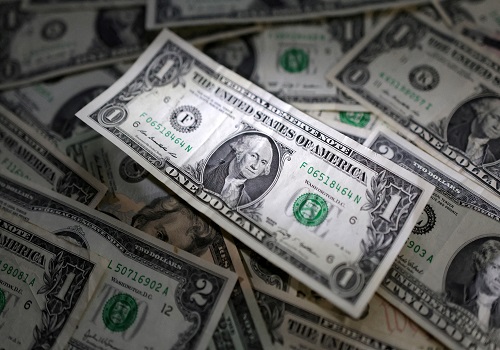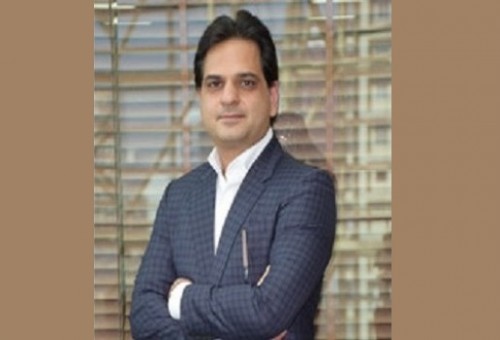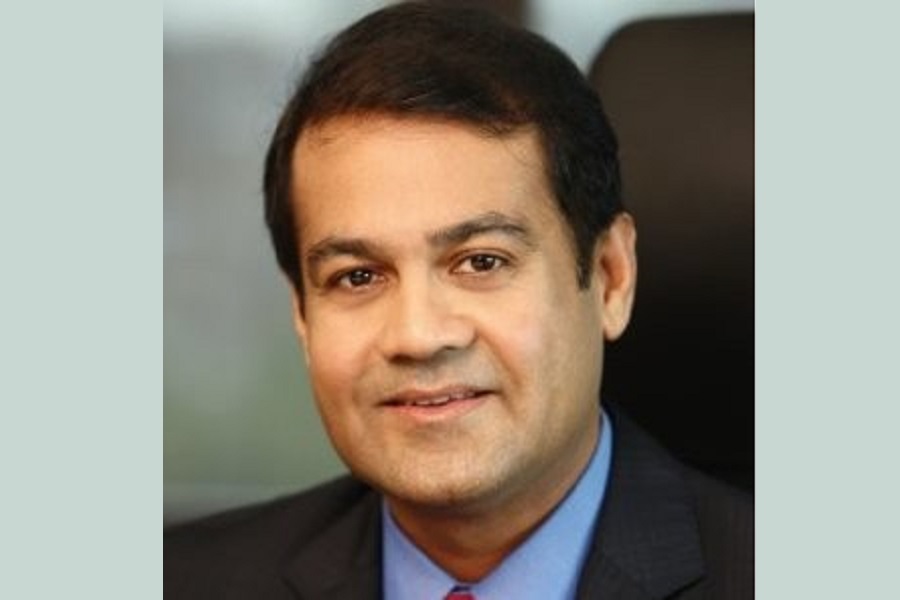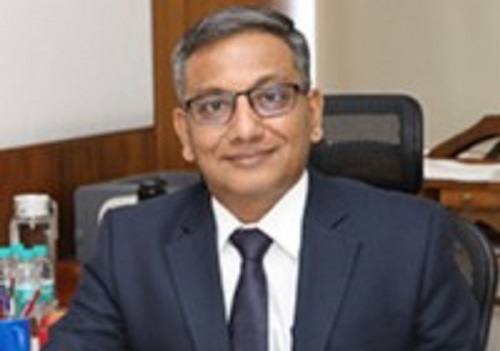It looks like H1 2023 is going to see a level of 5-5.5% Fed funds rate Says Dr Vikas Gupta, OmniScience Capital
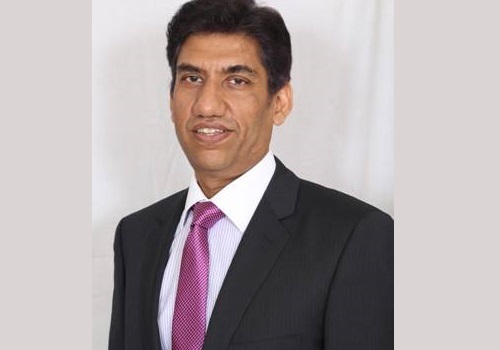
Below is Statement on US Federal Reserve By Dr Vikas Gupta, CEO and Chief Investment Strategist, OmniScience Capital
Mr Market was expecting the 0.75 percentage rate hike from the U.S. Fed which has shown determination to stay the course until the job's done.
It looks like H1 2023 is going to see a level of 5-5.5% Fed funds rate and a real GDP of 0%-1%, but a nominal GDP of 6%-7% or so.
This should not be confused with a bear market. Most likely by H1 2023 the markets will start looking beyond to the pause in the rate hikes and the eventual loosening to bring the Fed rate back to the neutral 2.25%-2.5%. Thus, 2023 could be quite bullish as soon as core PCE inflation rates look like they are moving below the 5 year treasury yields.
In the first paragraph of the press release itself, the Fed very clearly admits that supply-demand imbalances are causing inflation. However, the tools that the Fed has can control only the demand side. As such, the Fed is using all those tools at its disposal to bring inflation in line with its mandate of 2%. It is clear that the Fed is going to continue raising rates at least for the next two meetings. A 75 bps for December looks likely given current data and a peak rate of 5%+ also looks likely given that Powell has hinted at the peak rates being higher than thought earlier.
The Fed seems to be of the view that it will then hold these rates for several quarters while it watches job openings come in line with unemployment, GDP slowing down significantly close to a recession or even a mild recession and inflation coming down to the target levels of 2%. Only when it sees the inflation coming to 2% will it start loosening. Also, the Fed clearly feels that it would rather err on the side of over-tightening since then it has room to loosen later on if required, as opposed to under-tightening in which situation it would end up fighting an entrenched inflation level for a long time.
Another hint given was that the annual core inflation need not come below the Fed funds rate to start impacting demand, rather the inflation rate might have to come below the 3-year to 5-year treasury yields since most borrowing is done not at the Fed rates, but at long-term rates.
Above views are of the author and not of the website kindly read disclaimer
